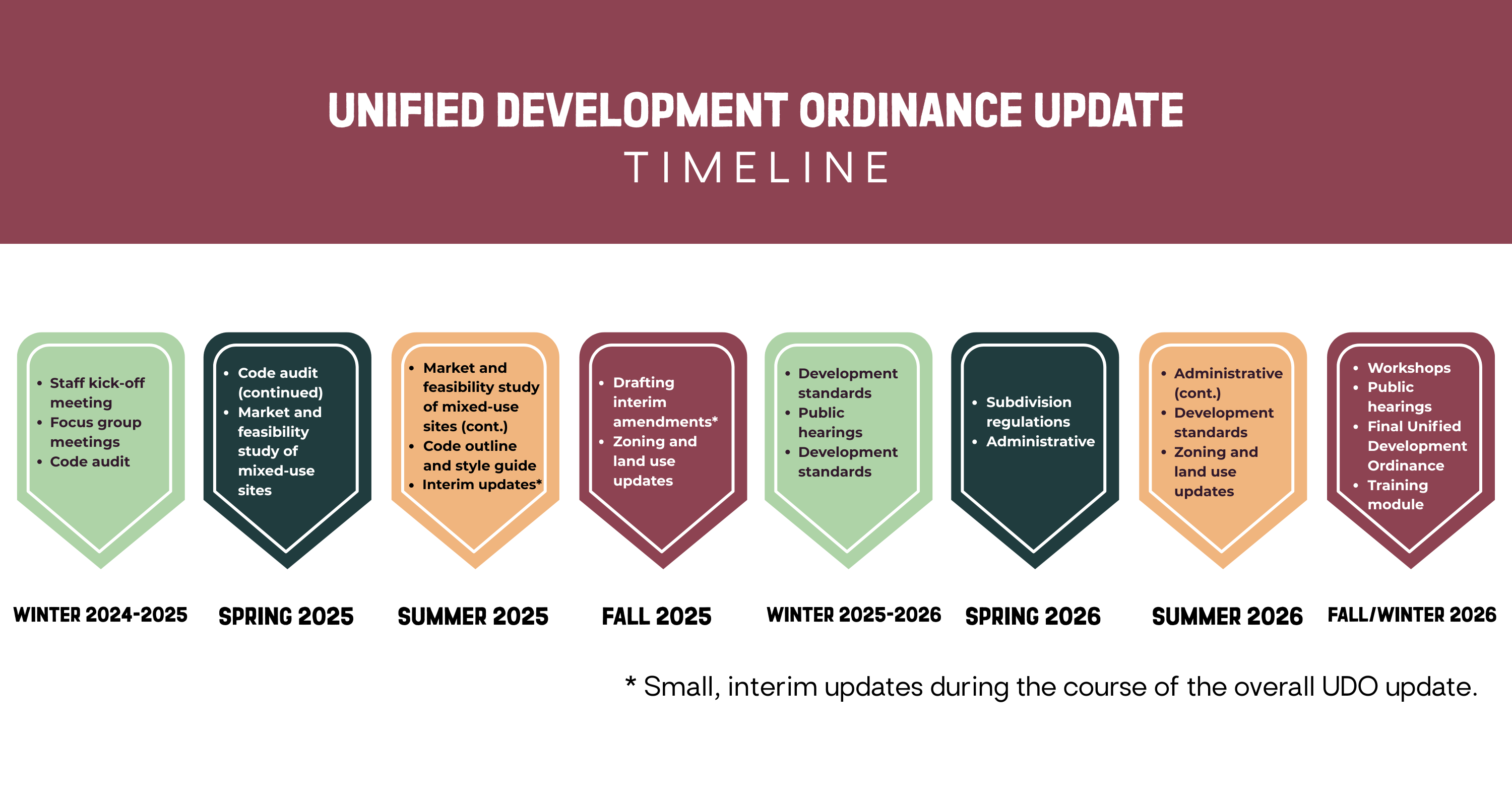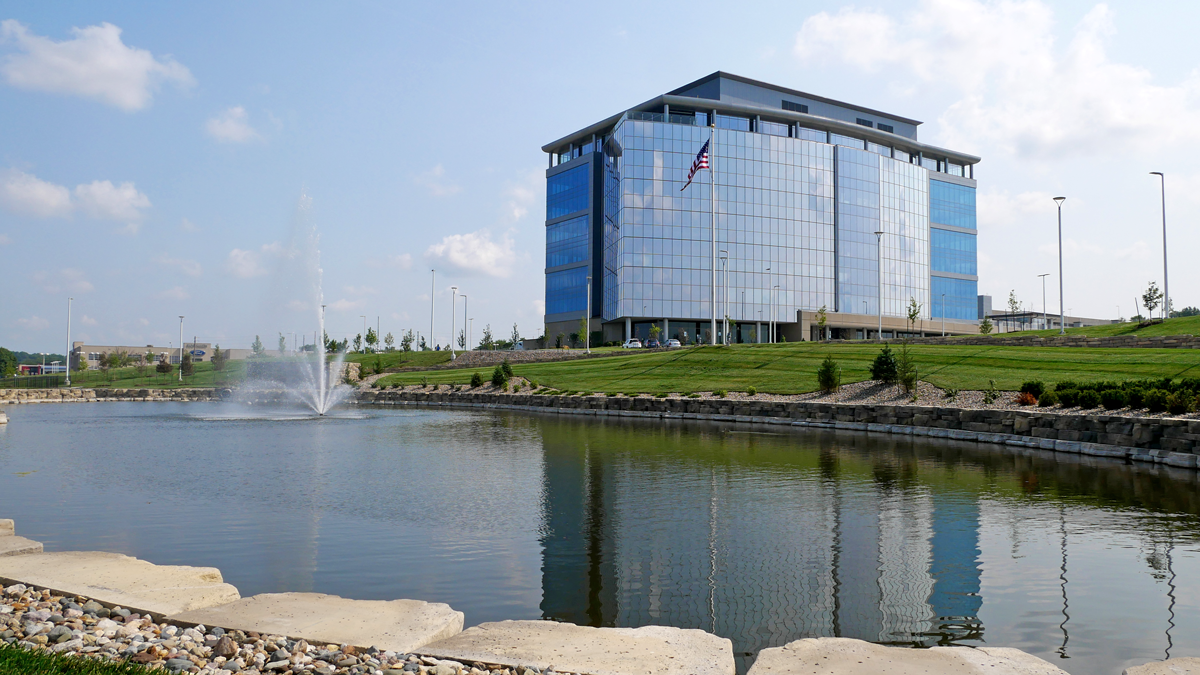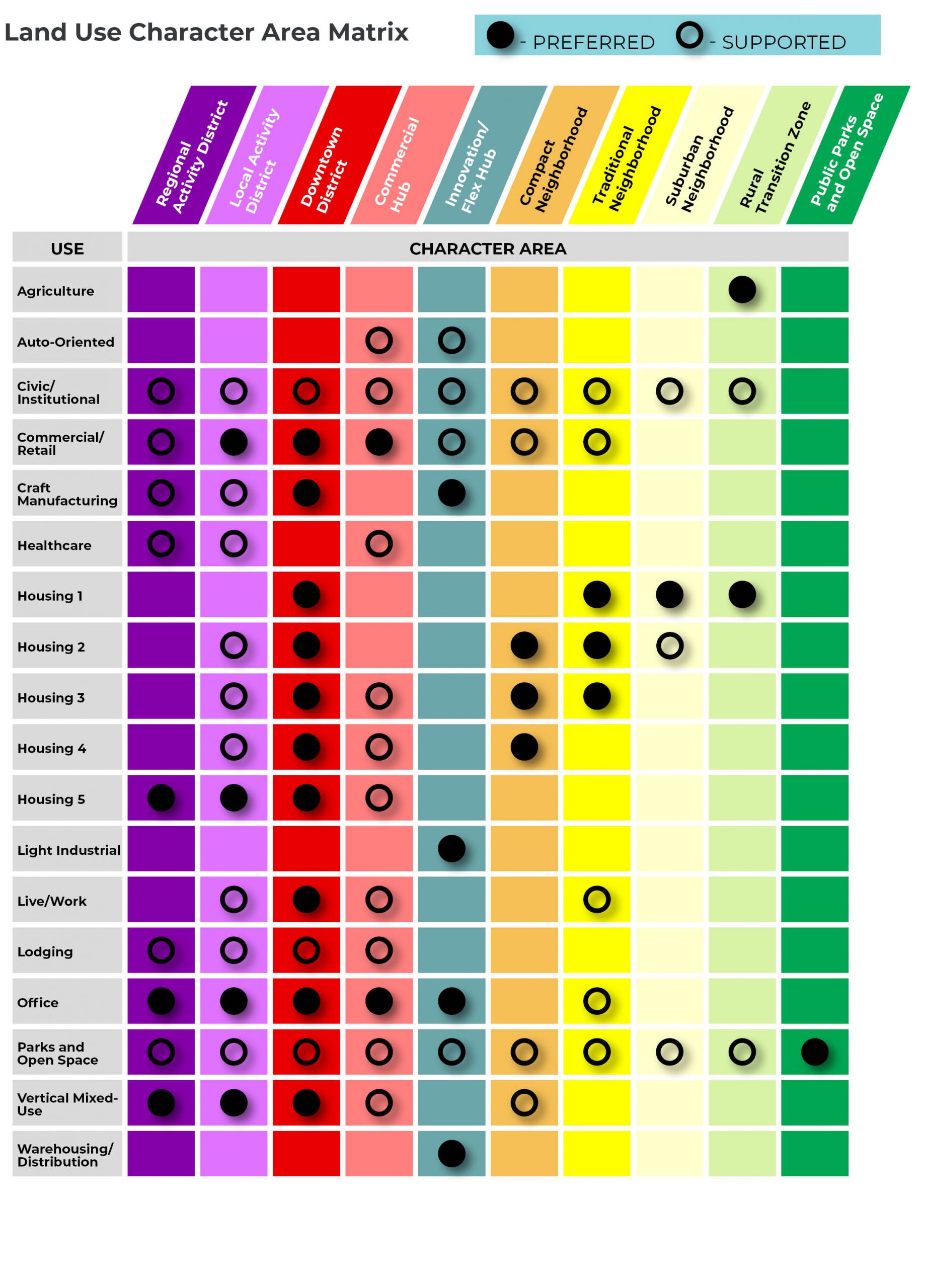Unified Development Ordinance Update
Unified Development Ordinance Update
The City’s Unified Development Ordinance is the legal tool regulating land use within City limits, including the types of structures that may be built, where they can be located on a property and how they may be used. The City began a two-year process of updating the UDO in 2024.
The UDO update will align and modernize the City of Overland Park’s zoning regulations and City code with the adopted Character Areas and overall vision for the community outlined in the City’s comprehensive plan, FrameworkOP, which reflects the community’s intention for where and how Overland Park should grow through 2045.
Learn more about the UDO update, how it relates to FrameworkOP and ways to get involved in the process below.
Contact
Sign up for news about the UDO Update
Get news from the City of Overland Park about the Unified Development Ordinance update straight to your inbox.
UDO Update + FrameworkOP
The Future Development Character Framework outlined in FrameworkOP is intended to define the appropriate and desired development patterns throughout the city. These recommendations are primarily implemented through the City’s Unified Development Ordinance, which is the legal tool regulating land use, including the types of structures that may be built, how they are built, where they can be located on a property and how they may be used. There may be more than one appropriate zoning category for a specific character type.
To fully implement the Future Development Character Framework outlined in FrameworkOP, the City will prepare an assessment of the current development regulations in the Unified Development Ordinance and identify any gaps or barriers to implementing the policy guidance within this plan. Using this assessment, the City will update its development ordinance and design standards to fully implement the comprehensive plan policy guidance through new development regulations.
Update Timeline
The City is updating its Unified Development Ordinance from winter 2025 to fall 2026. Click the graphic to the right to expand and view the seasonal breakdown for projected key update milestones.
Phase 1: Code Audit and Recommendations
Jan.-July 2025
Phase 2: Drafting and Adoption
Aug. 2025-Dec. 2026
What is Zoning?
Zoning is a tool local governments use to regulate how land can be used in specific areas. The City’s zoning regulations are found in the UDO. Those zoning rules must balance the public interest for orderly development with private property rights. They establish rules for building types, density and land use to ensure compatibility between residential, commercial and industrial spaces. Those zoning rules define the requirements included as recommendations in the FrameworkOP individual character types for building height, massing, connectivity and transitions and other design features.
While zoning helps shape a city’s layout, it is not a rigid blueprint. Zoning allows thoughtful development, balancing new growth with existing neighborhoods. Good zoning policies encourage high-quality design, walkability, open spaces and sustainable practices while preventing incompatible land uses.
Character Types
The Future Development Character Framework map and the following character types comprise the Future Development Character Framework. The character types include a broad list of uses along with associated definitions referenced within each character type.
These character types provide a common language and clear direction for residents, property owners, developers, City staff and elected officials to use when determining the appropriateness of a development application or a requested rezoning.
While the individual character types may include recommendations for building height, massing, connectivity, transitions and other design features, the zoning ordinance defines these requirements.
The Future Development Character Framework and zoning map have different, yet complementary, roles in guiding and regulating land development in Overland Park. The two should be used jointly to review the merits of a proposed development to ensure it meets land use regulations and complies with the City’s goals and policies.
Community Engagement
As part of the UDO update process, the City hosted a series of focus groups to hear directly from the community. These conversations gave residents, businesses, design professionals, and stakeholders the chance to ask questions, share ideas and provide feedback to be used in the code audit and recommendations for UDO changes.
April 1, 2025 – Mixed Use Developers & Design Professionals and Institutions (schools, churches, hospitals, parks) focus groups
April 3, 2025 – Economic Development/Real Estate and Residential Developers & Design Professionals focus groups
April 4, 2025 – Infrastructure/Transportation/
April 8, 2025 – Commercial Developers and Design Professionals focus groups
April 10, 2025 – Downtown Form District and Environmental Advisory Council focus groups
April 23, 2025 – Rural Transition focus group
What Walkable Places Require



